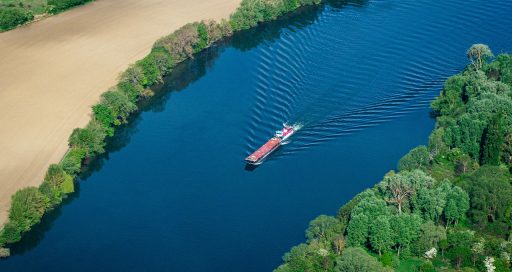The rapid growth in the use of intermittent renewable energy sources has focused attention on energy storage. Hydroelectric power offers strong development potential.![]()
At a time when public authorities, investors and industries are shifting massively to renewable – especially solar and wind – energy, one source of energy is too often neglected: hydroelectric power. This despite the fact that it is the only source of energy that is both renewable and storable.
Dams (13% of French electricity production) can provide an alternative to intermittent solar and wind power, which disrupt load balancing in the grid and are prompting growing interest in renewable electricity storage.
There are a variety of storage solutions. Thermal techniques using superconducting materials or large capacitors are still in the experimental stage. Electrochemical technologies (fuel cell, battery, hydrogen vector) for their part are still costly and have volume limitations.
Then there are mechanical storage solutions, the main one being hydroelectric power using dams and pumped storage technologies.
A pumped storage facility is made up of two reservoirs at different altitudes. Water is pumped between them during off-peak consumption periods and then released to a turbine during peak periods. France currently has 5 GW storage capacity using this technology, and the country’s goal of increasing its energy storage capacity is primarily focused on hydroelectric potential.
“Pumped storage technology is highly advantageous because it is very flexible and can be adapted to the needs of the grid. It is based on Francis-type reversible pump-turbines,” says Emmanuel Membrut, project manager for sales development at Omexom Hydro Services (VINCI Energies).
The Omexom network of business units specialising in hydroelectric generation is standing by to meet the challenges of developing this source of energy in France.
15/11/2018





